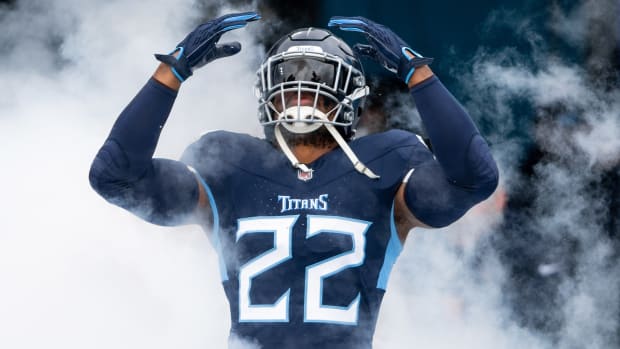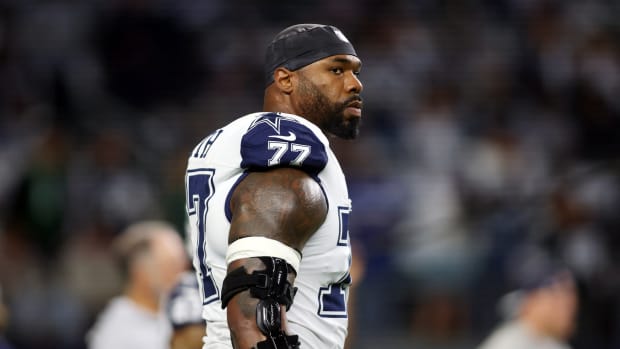The Latest on the Salary Cap Situation
NASHVILLE – There are plenty of reasons Tennessee Titans fans should feel good about the trade that brought veteran wide receiver Robert Woods to the team.
It’s not every day, after all, that a team gives up just a sixth-round pick (in 2023) for a receiver who averaged 89 catches, 1,096 yards and five touchdowns for the Rams for three seasons (2018-20) and was on pace for similar numbers last season before he tore an ACL.
One of the few concerns is Woods’ significant 2022 cap hit, a figure that was initially believed to be $13.5 million. But a source said Tuesday that as part of the trade, the Rams paid Woods’ $3.5 million 2022 roster bonus. That lowers Woods’ cap figure with the Titans to $10 million, a reduction of 27 percent.
In the grand scheme of the NFL’s $208.2 million salary cap, the $3.5 million saved on Woods may not sound like a lot. But it’s significant for a team like the Titans, one that has been hovering right around the cap ceiling since last week’s start of the new contract year.
As of Tuesday afternoon, OverTheCap.com listed the Titans as $3.3 million over the cap, the highest figure among the NFL’s 32 teams.
That unofficial estimate doesn’t include the 2022 cap hits for a number of recent additions, including tight end Austin Hooper, running back Dontrell Hilliard, defensive back A.J. Moore and running back Trenton Cannon.
How can the Titans save more money against the cap, especially if the team wants to remain active in the free-agent mark?
One possibility is a restructuring of Woods’ contract, which could result in a 2022 cap savings of $6.6 million, per OverTheCap. Other restructuring possibilities include safety Kevin Byard ($7.3 million in 2022 cap savings), running back Derrick Henry ($5.5 million), defensive lineman Denico Autry ($2.5 million) and tackle Taylor Lewan ($5.9 million).
Remember, though, that restructuring contracts isn’t a magical cure-all for cap issues.
It does help a team like the Titans gain immediate cap space, but the price tag comes due in future years.
Case in point: Ryan Tannehill. To create the 2021 salary-cap room necessary to add Julio Jones via trade last season, the Titans restructured Tannehill’s deal. It seemed like a great idea at the time because the veteran quarterback only counted $11.1 million against the cap in 2021, clearing the way to add Jones.
But that same restructure bumped Tannehill’s cap figure up to a team-high $38.6 million for 2022 – more than twice that of any of his teammates. It made him all but uncuttable and untradeable this offseason, when a number of other veteran quarterbacks are on the move.
One more thing to keep in mind about the Titans and the salary cap: Don’t forget that the team will get $9.5 million of relief on June 2, when Jones is officially released.
That money could go toward a free-agent signing or two, especially considering the likelihood – as is the case for all teams – that some injury replacements will be needed. The $9.5 million will also help cover costs like signing Titans draft picks and practice-squad players.






